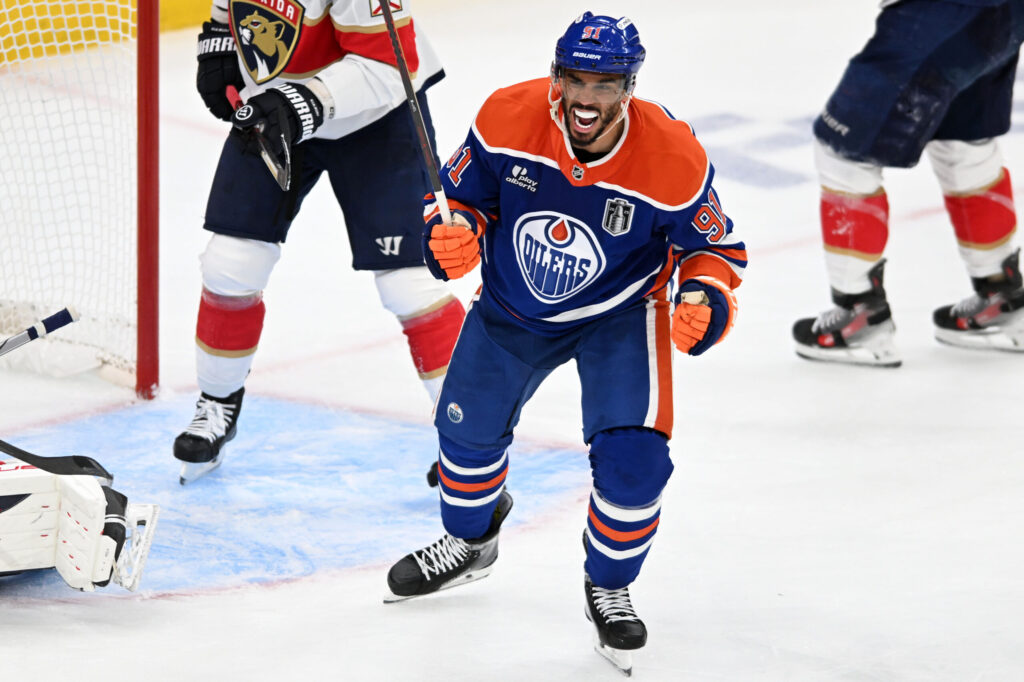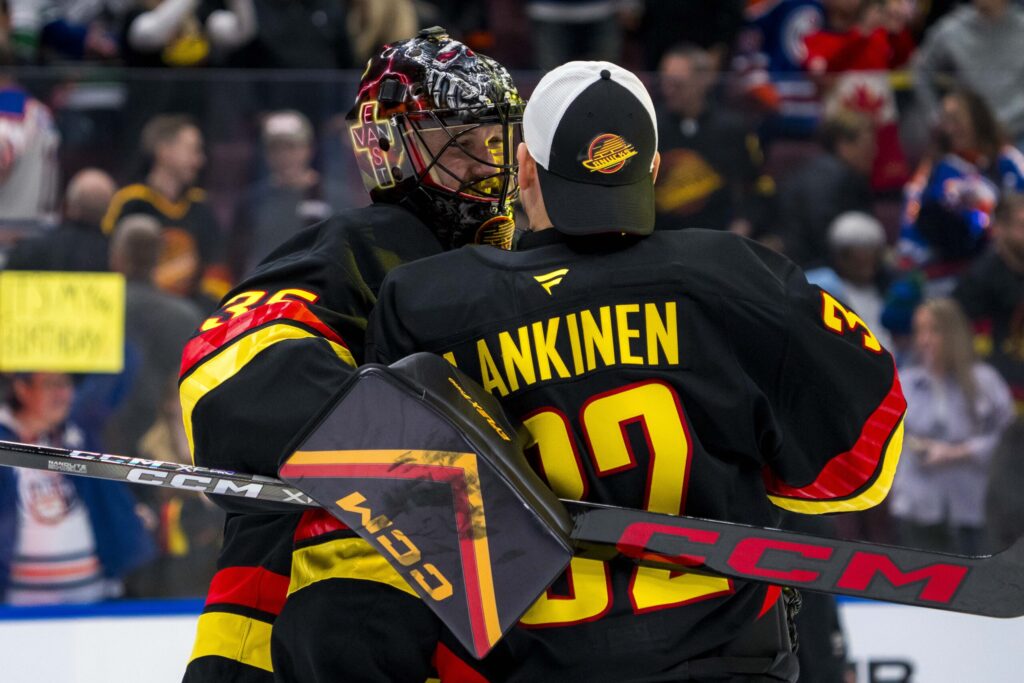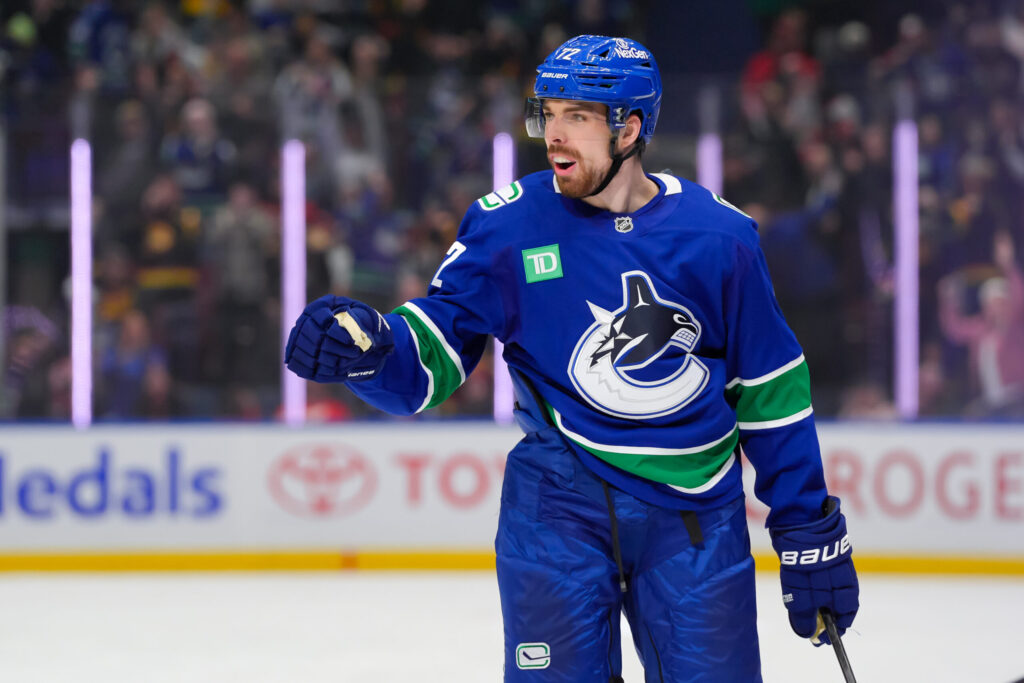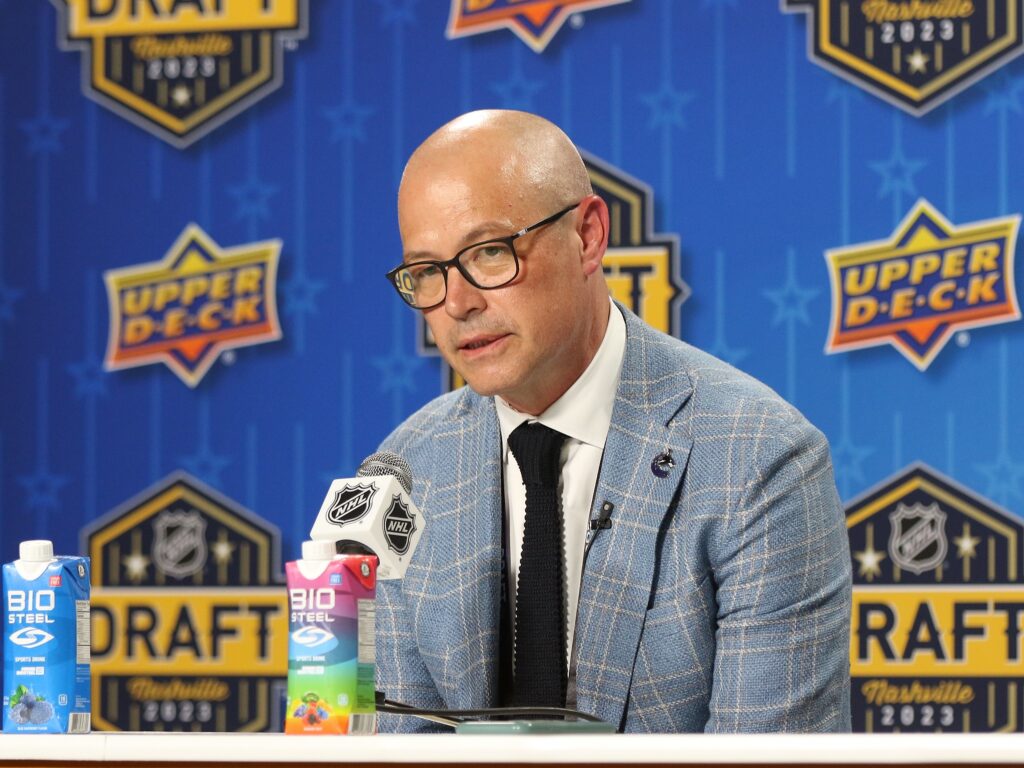Here we are again. Late August. The air in British Columbia is starting to carry a familiar autumn chill, and with it comes the annual ritual of dissecting the Vancouver Canucks. It feels like just yesterday this team was the toast of the town, a division champion riding a wave of swagger and high-end skill. But in the relentless churn of the NHL, yesterday’s parade is today’s cautionary tale. As we look not just at the upcoming 2025-26 season but at the five-year horizon, the picture becomes alarmingly unclear.
Also on the EDGE – 5-Alarm Fire in Vancouver: Canucks Face Franchise-Defining Season
The Canucks are a paradox. They possess foundational elements that Stanley Cup contenders are built on, yet they are simultaneously hamstrung by flaws that keep perennial lottery teams in the basement. The internal consensus is brutal: the team’s championship window isn’t just closed, it has been “smashed.” For a franchise that hasn’t managed to make the playoffs in consecutive seasons in 12 years, this isn’t just an assessment; it’s an indictment. General manager Patrik Allvin is steering a ship through treacherous waters, armed with a cannon on one side and a gaping hole on the other.
From Contender to Conundrum: The Identity Crisis in Vancouver
Let’s call it what it is: this is a team with an identity crisis. The “Window Smashed” label is applied to teams whose core has likely peaked without reaching the summit. The front office’s strategy of retaining key pieces like Thatcher Demko and Brock Boeser is being second-guessed, as they were central figures in an “operation that wasn’t good enough” to build sustained success.
Now, the franchise’s future hinges on a series of high-stakes gambles. Can Elias Pettersson reverse a shocking decline in production that has plagued him since January 2024 and reclaim his throne as a top-10 center? Can Demko, a bona fide superstar when healthy, finally conquer the recurring injury issues that have kept him off the ice at critical moments? And can the volatile, high-impact addition of Evander Kane be the missing ingredient for a notoriously “mercurial dressing room,” or will he be the match that lights the fuse?

These are not minor questions. They are franchise-altering variables. Compounding the problem is a cap sheet heavy with money and term tied to veterans, leaving little room to maneuver or add impact players. Unless a prospect like Jonathan Lekkerimäki explodes onto the scene with a Calder-worthy performance, the Canucks are largely stuck with what they have. It’s a classic case of being too good to tank, but not nearly good enough to truly contend.
The Fortress and the Famine: A Roster Divided
To understand the Canucks’ immediate future, you must view their roster as two completely different teams sharing a single logo. One is built for a deep playoff run. The other looks destined for a high draft pick.
The Bedrock: An Elite Back End
Let’s start with the good news, because it is legitimately impressive. The Canucks’ defensive corps and goaltending tandem are the envy of most of the league. On the blue line, there are projected to be “zero holes.” The top pair of captain Quinn Hughes—a perennial Norris Trophy candidate—and the steady, effective Filip Hronek is a known commodity. But the depth behind them is what truly sets them apart. A projected second pairing of veteran Marcus Pettersson and prized prospect Tom Willander offers a tantalizing mix of stability and dynamic potential. A third pairing anchored by the massive Tyler Myers ensures that the Canucks can roll three capable units, a luxury few teams possess.
Behind this formidable defense stands what is arguably the best goaltending tandem in the entire NHL. A healthy Demko is a game-stealer. Kevin Lankinen proved last season that he is an elite 1B option, capable of carrying the load for stretches. Goaltending will not be Vancouver’s problem; it will be the solution that has to paper over the cracks elsewhere.

The Achilles’ Heel: A Perilously Thin Forward Group
If the back end is a fortress, the forward group is where the famine lies. This unit is considered “thin” and was the source of Allvin’s biggest offseason headaches. The crisis began with the terrifying prospect of losing both Pius Suter and Brock Boeser to free agency—a potential exodus of 50 goals and 96 points. While Allvin managed a crucial win by locking up Boeser with a long-term extension, the initial threat exposed the razor-thin margins this team operates on. Suter, coming off a career year, still departed, and his 53 points leave a significant void.
The problems run deeper than one player. The team’s success is inextricably linked to Pettersson’s performance. His dramatic slide from superstar to pedestrian point producer for the back half of the 2024-25 season is the single largest red flag. The center position remains a glaring weakness, with the team taking a flyer on Filip Chytil as a second-line option. While skilled, Chytil is unproven in a top-six role and carries a deeply concerning history of concussions.

This leaves a “gaping hole” on the wing that someone must fill. The hope is that Lekkerimäki can seize the opportunity, but that is an immense burden to place on a 21-year-old with limited North American pro experience. The other internal options—Conor Garland, Nils Hoglander, Kiefer Sherwood, and Drew O’Connor—are effective, high-energy players, but they are best suited for bottom-six roles, not for driving offense.
Running on Fumes: A Look Inside the 28th-Ranked Prospect Pool
When a team’s present is uncertain, the fanbase naturally looks to the future for hope. In Vancouver, that hope is in short supply.
The Canucks’ prospect pool is ranked a dismal 28th out of 32 NHL teams. The reason is simple: they “seriously lack depth.” Years of trading away draft picks for short-term fixes have left the cupboard alarmingly bare. While there are a few high-end talents at the top, the drop-off is precipitous. For most prospects outside the top 10, the path to a sustainable NHL career is a longshot at best.
The few bright spots are:
- Tom Willander (RHD, 20): The jewel of the system. A smooth-skating, two-way force with refined puck skills who projects to be a top-four fixture. He will play a huge role in the AHL this season and will undoubtedly see NHL action.
- Jonathan Lekkerimäki (RW, 21): The offensive game-breaker. He possesses the best shot in the system and is destined for a role on the top power-play unit. His development will be a key storyline this season.
- Braeden Cootes (C, 18): An undersized but tenacious playmaker who actively hunts the puck. He offers skill and grit down the middle but is several years away from contributing.
Beyond these three, the system is thin. The reinforcements aren’t coming en masse anytime soon. The team will have to win with the core it has, for better or for worse.
Lost in the Pack: Where the Canucks Stand in the West
They are not considered to be in the same universe as the Edmonton Oilers or the Vegas Golden Knights. More concerningly, the analysis places the Los Angeles Kings “well ahead” of Vancouver’s tier. The consensus is clear: the Canucks are a bubble team, a squad that will have to scratch and claw for a wild card spot, not one that dictates the terms of engagement in the Western Conference.
The five-year outlook is therefore defined by a single, critical question: Can an elite defence and world-class goaltending be enough to drag a top-heavy, flawed forward group to relevance? Or are Hughes and Demko simply propping up a flawed structure that is destined to be torn down? The pressure is squarely on Allvin and his core players. The next few seasons are about more than just winning hockey games; they are about proving that this team has an identity, a direction, and a future that isn’t already behind them.
Created with the aid of Gemini AI
